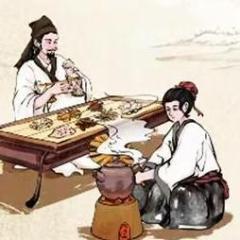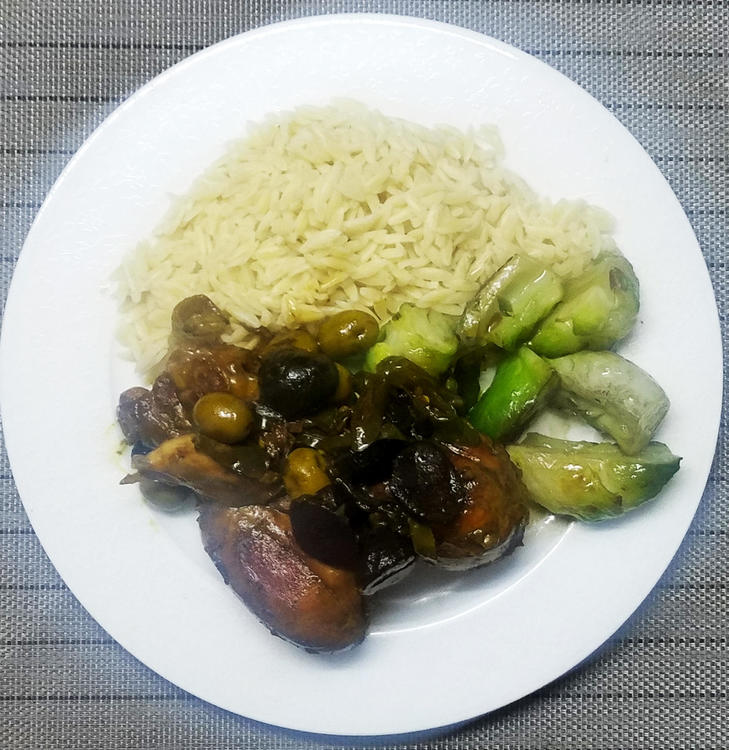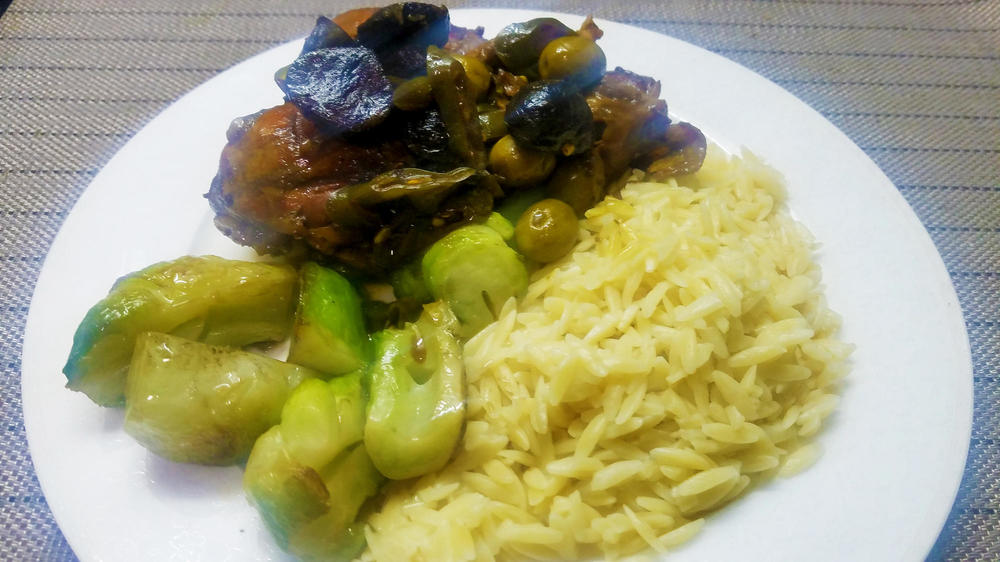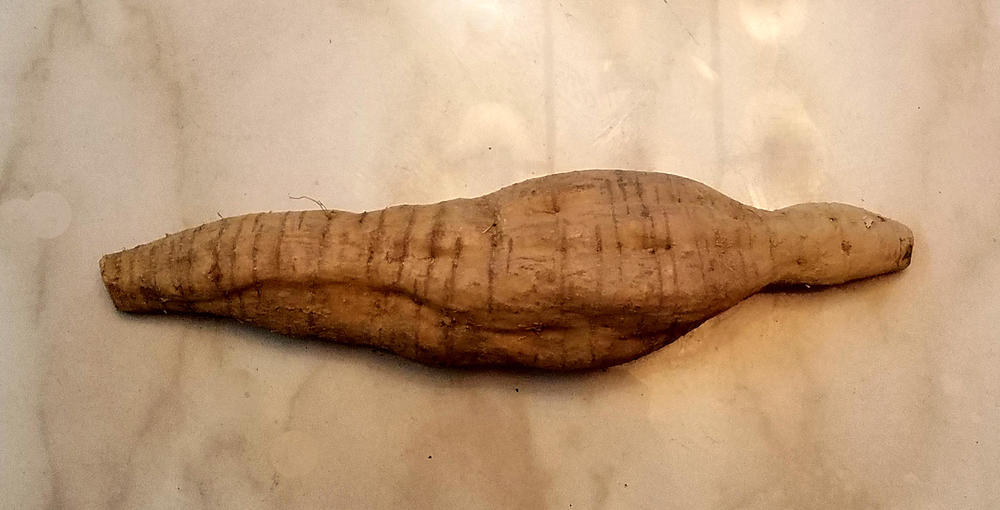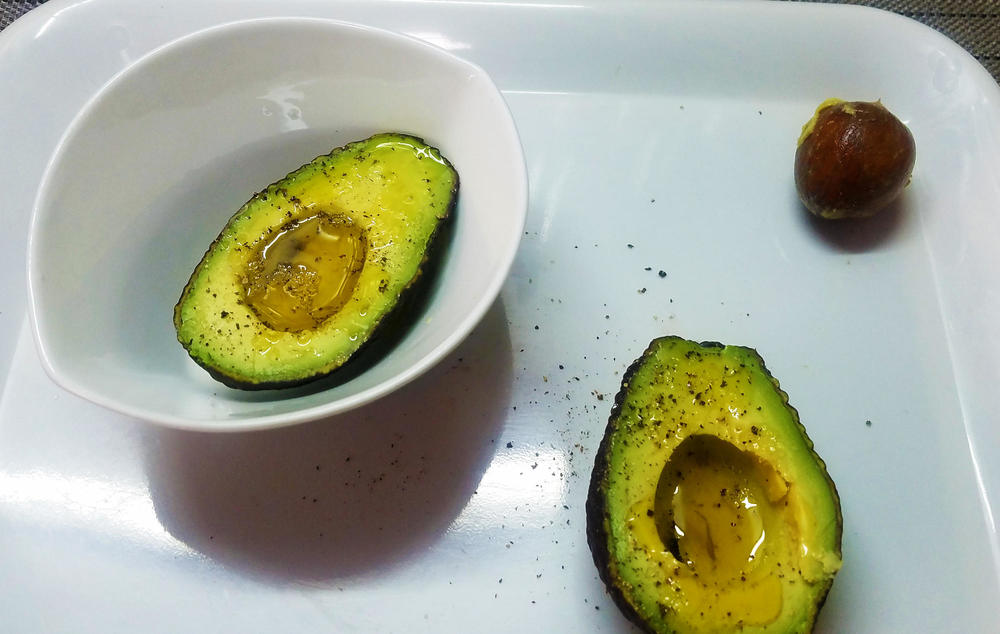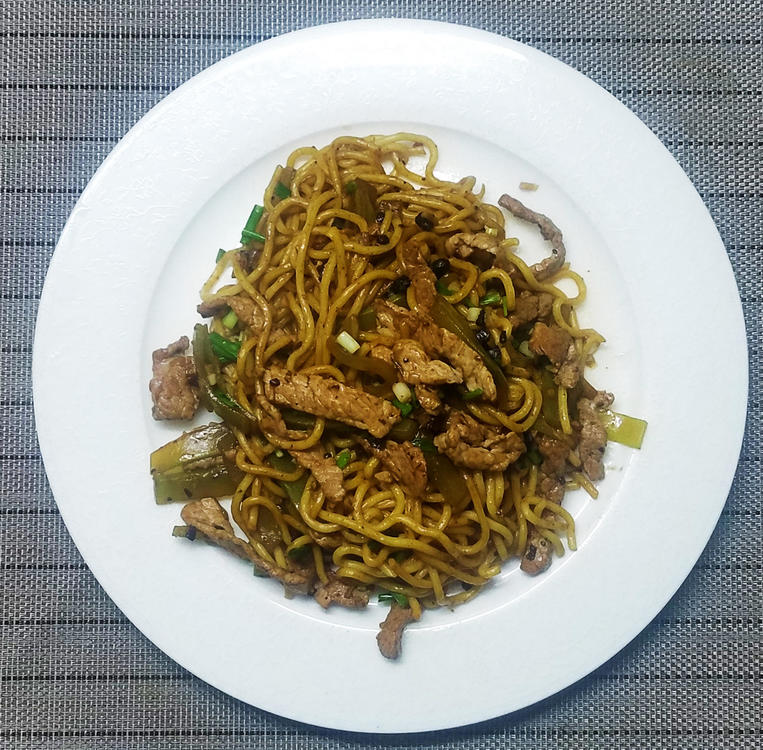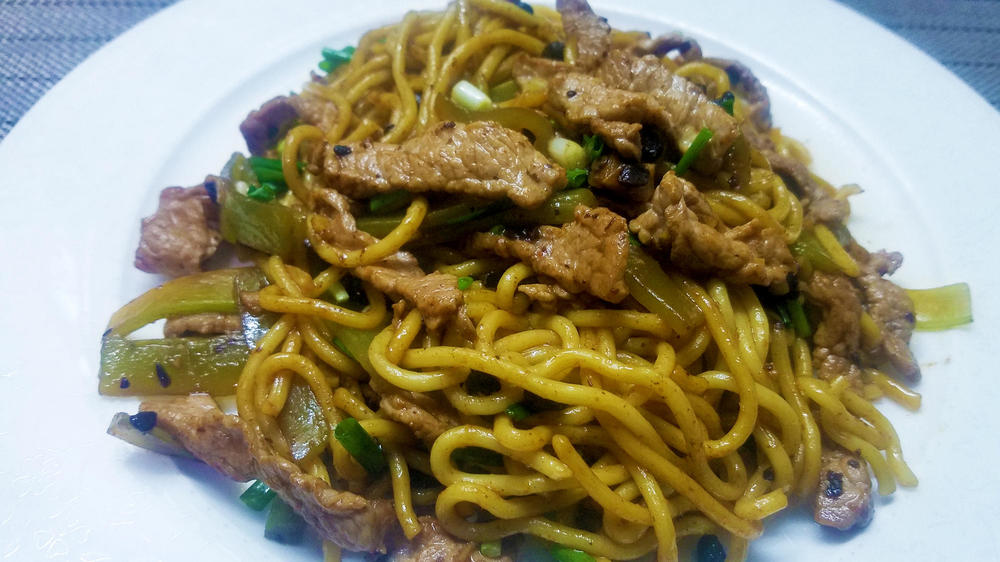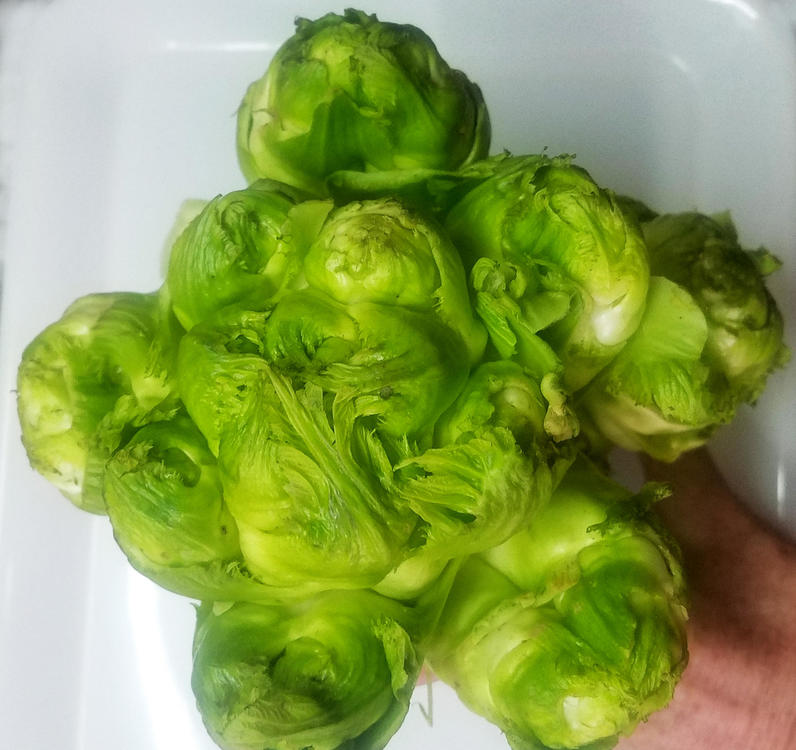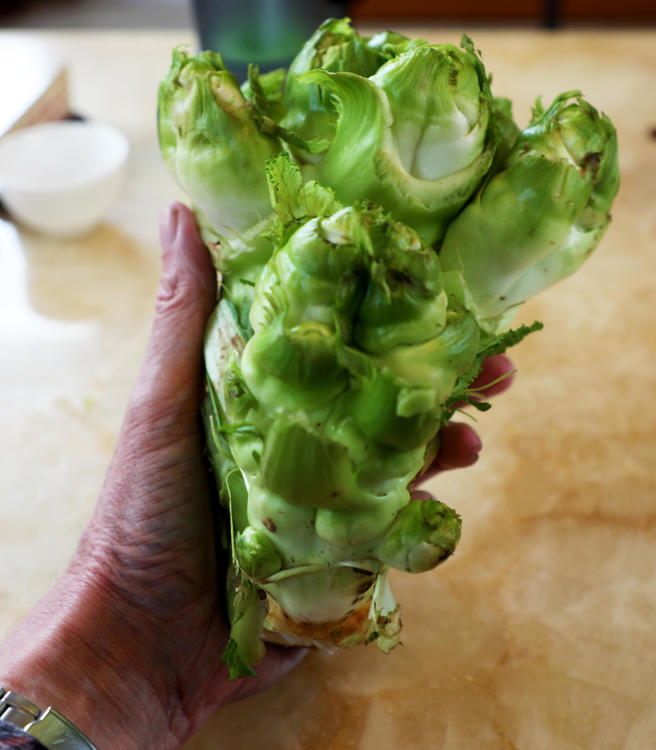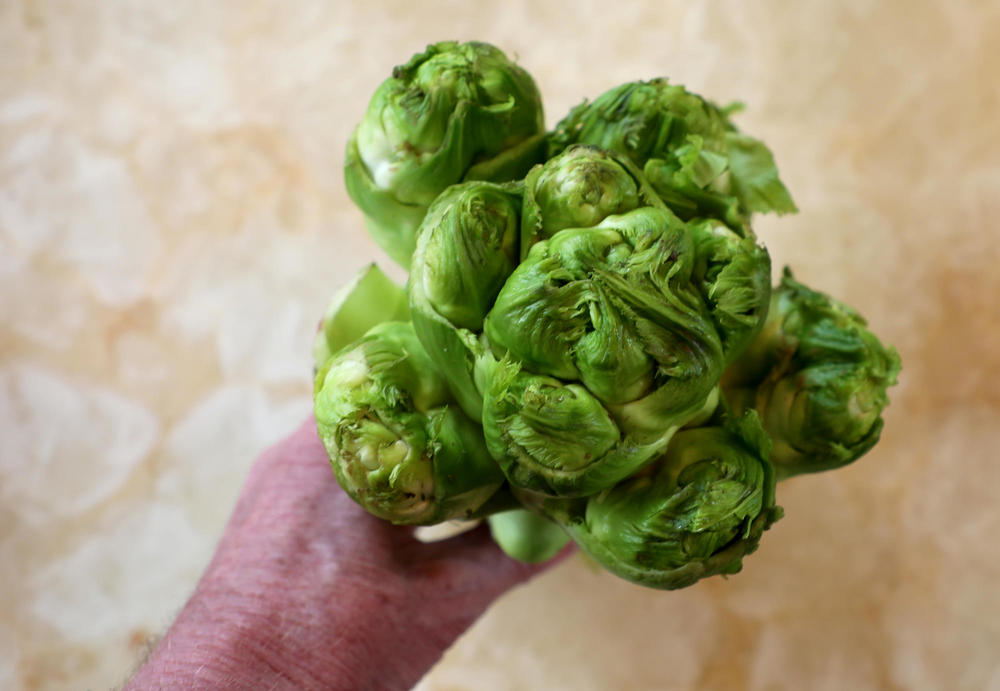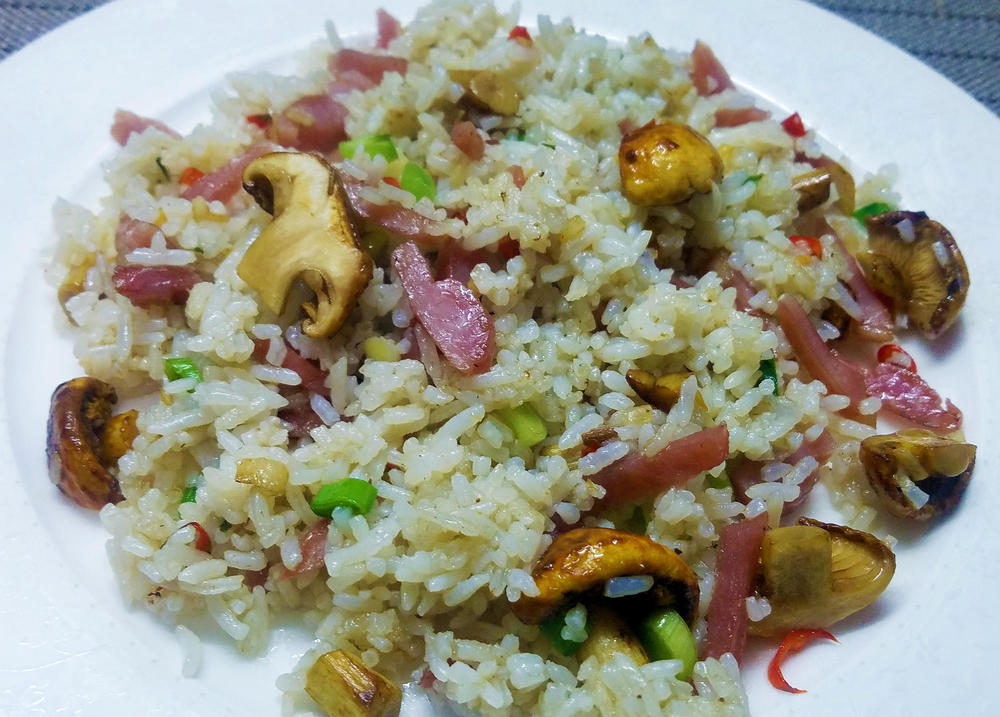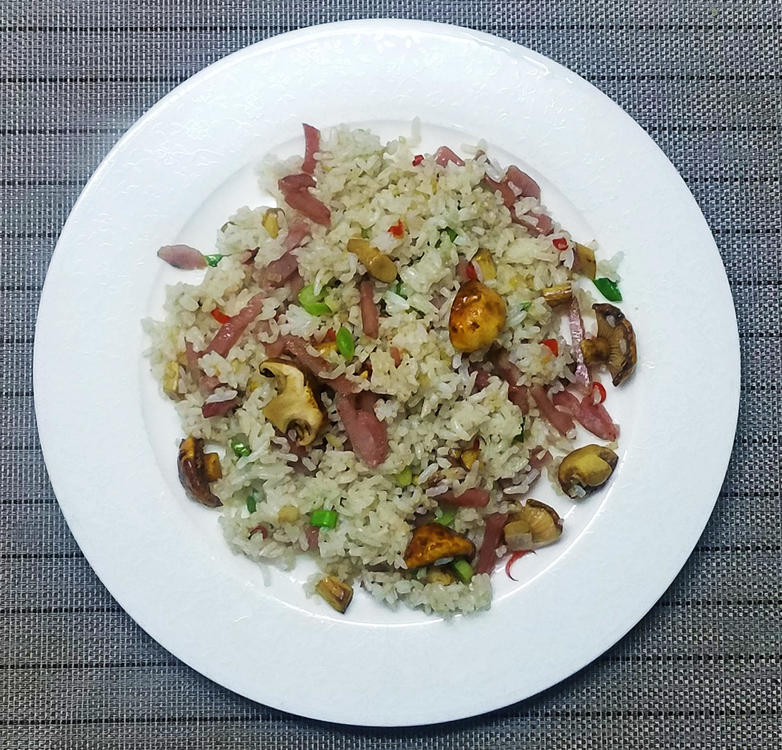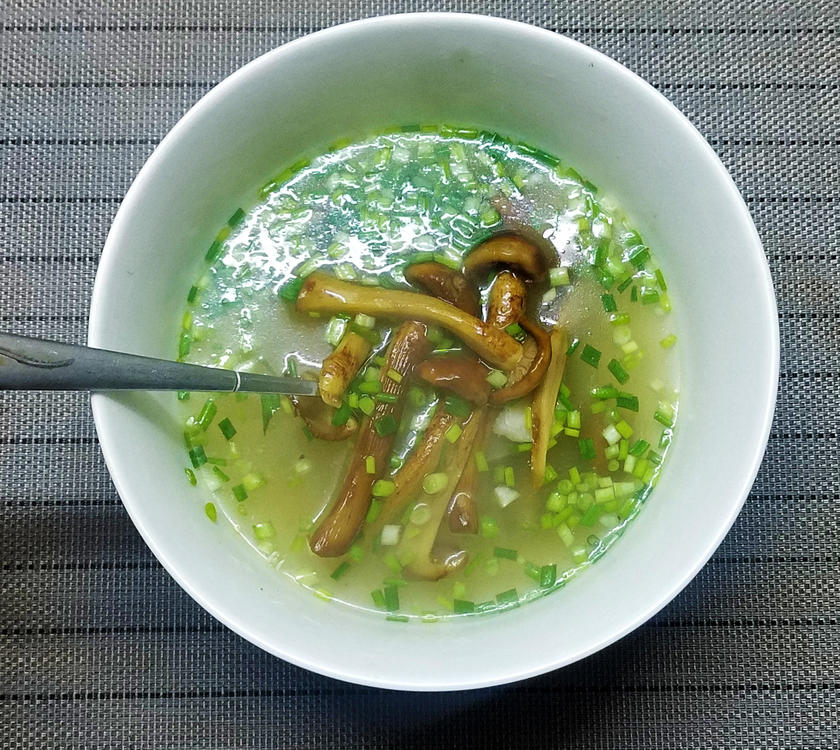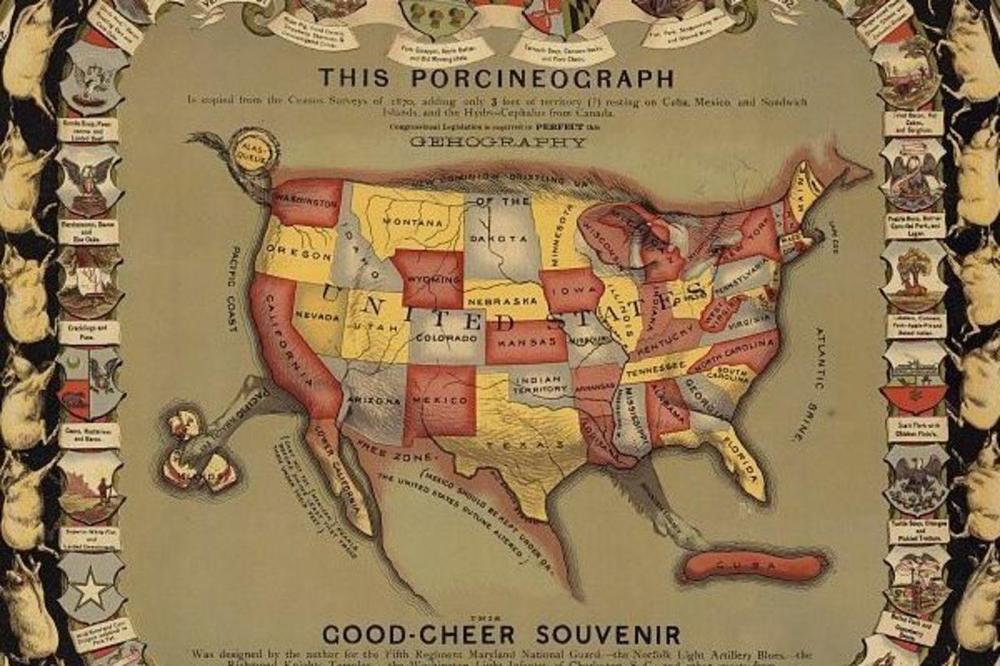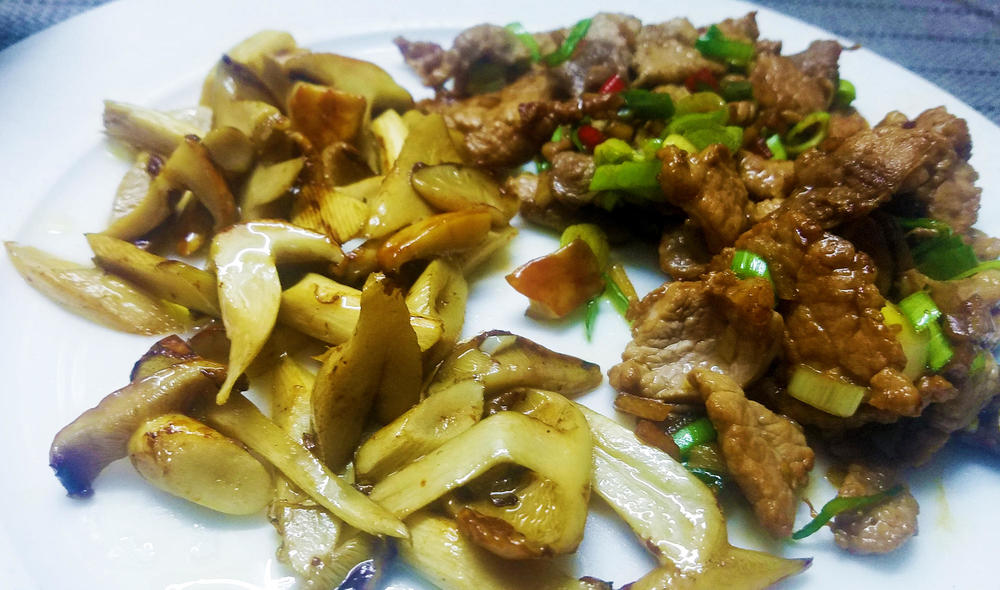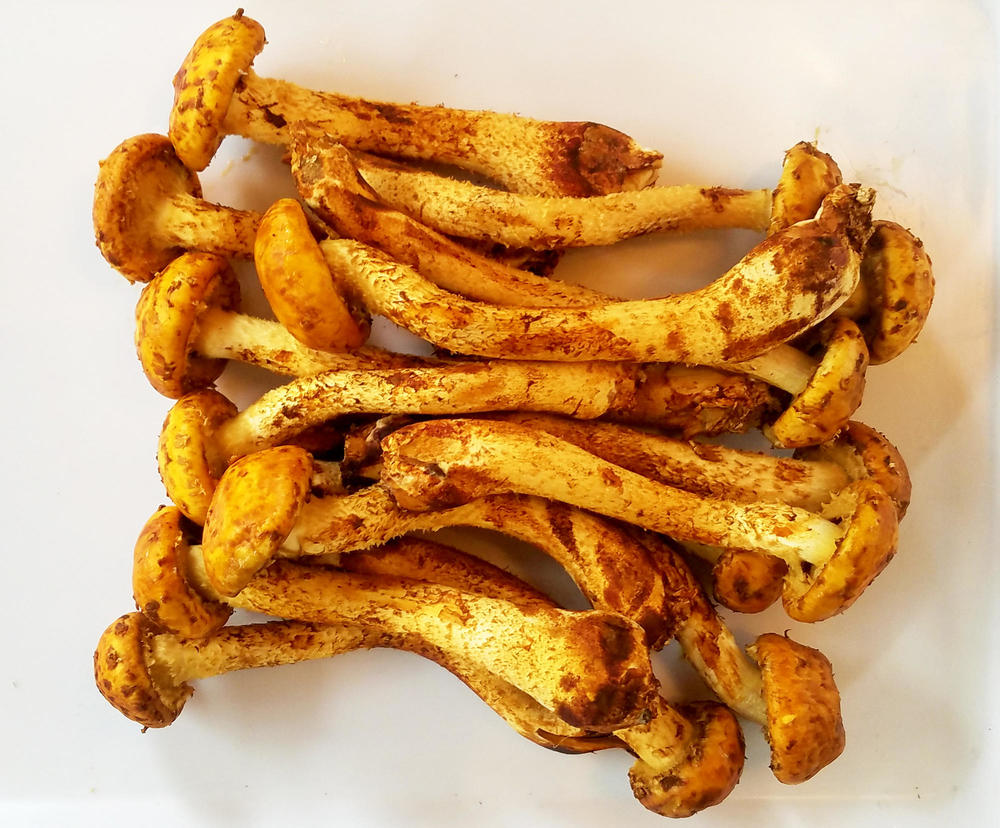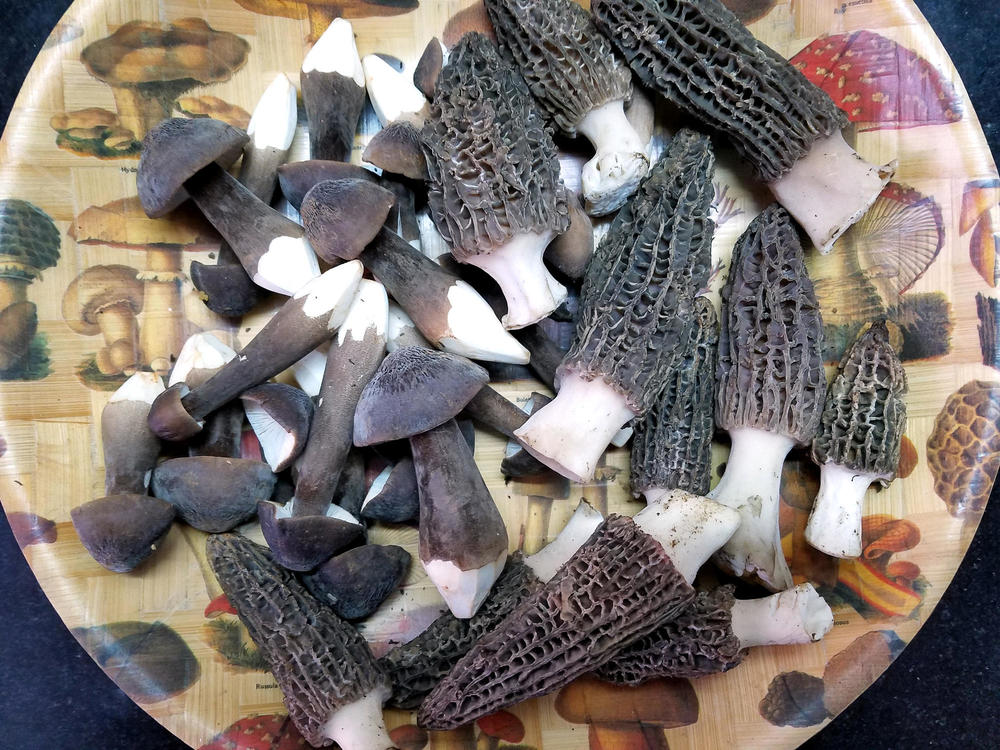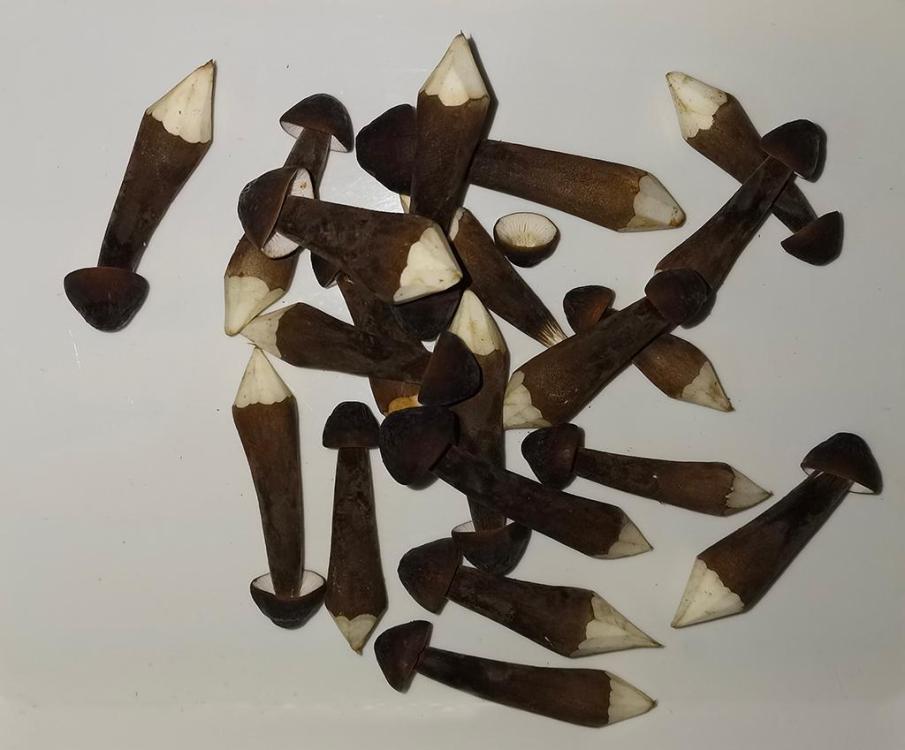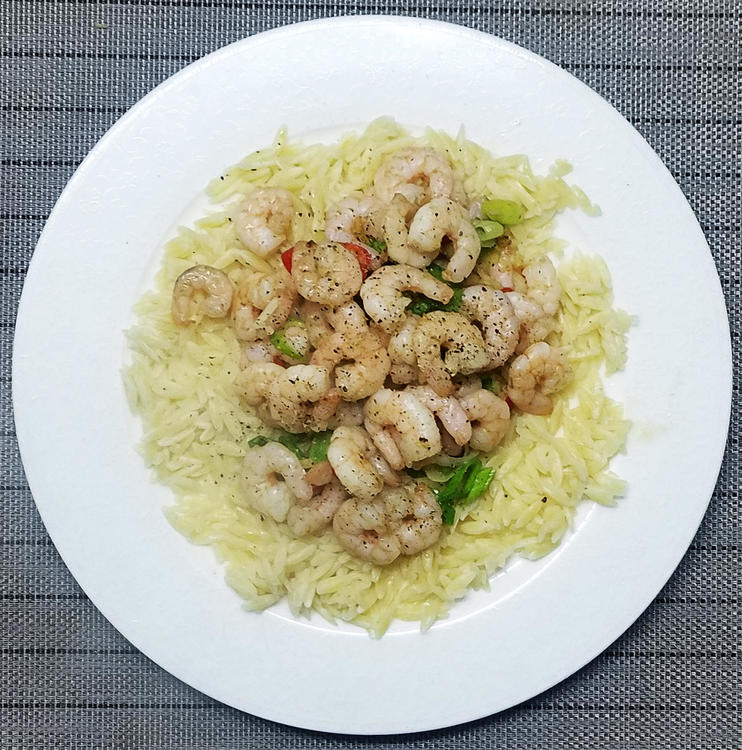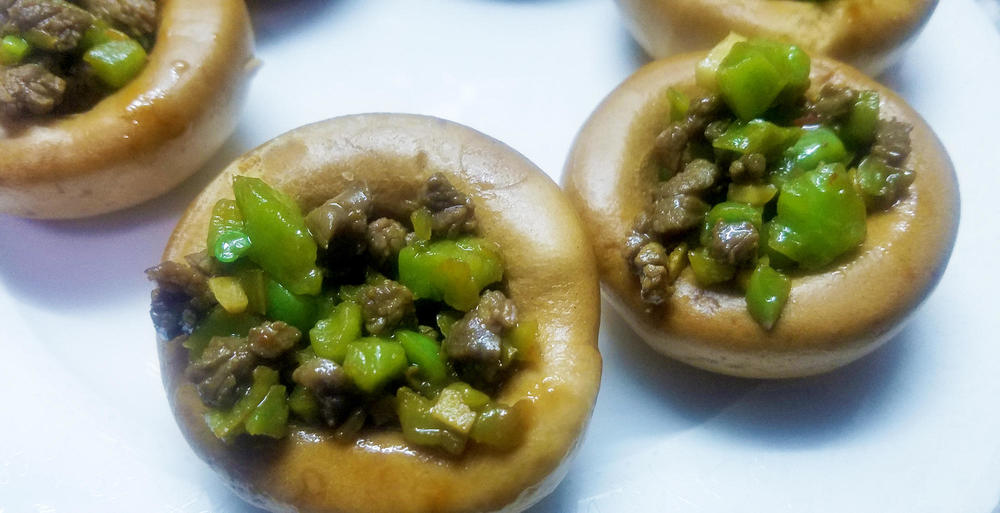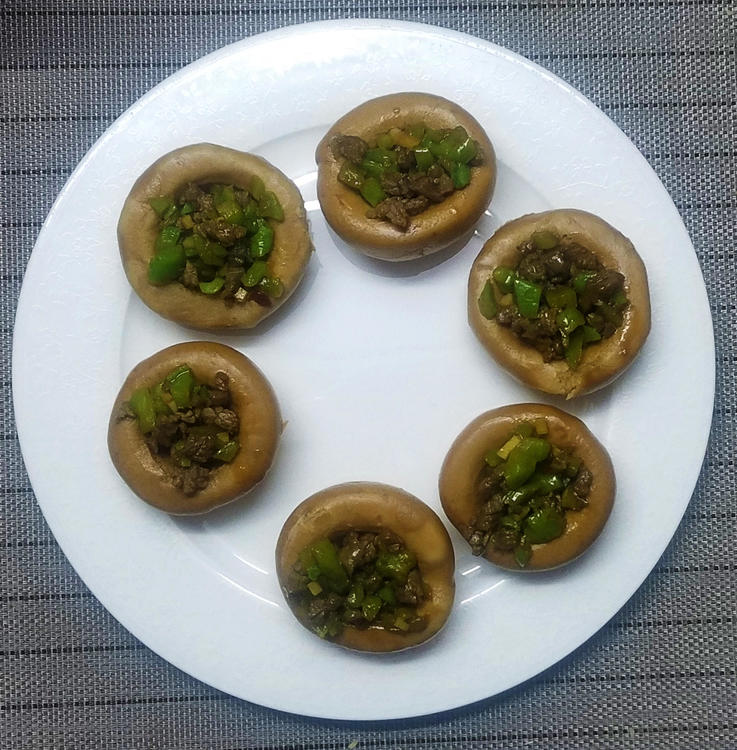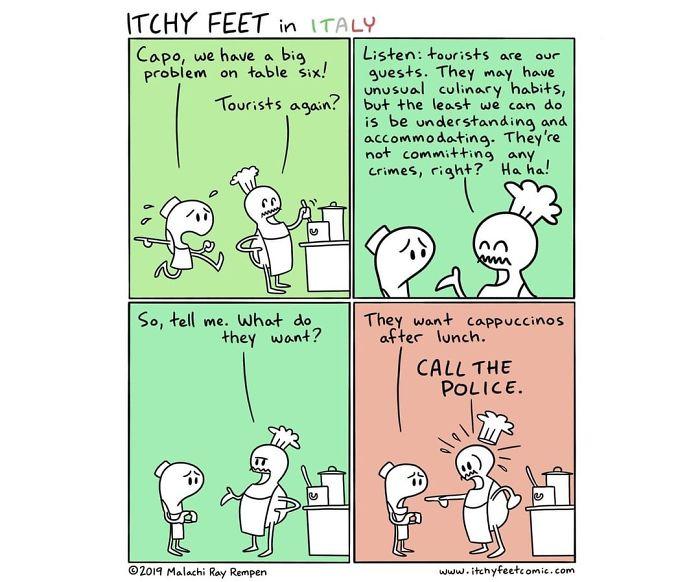-
Posts
16,667 -
Joined
-
Last visited
Content Type
Profiles
Forums
Store
Help Articles
Everything posted by liuzhou
-
The name seems to be connected to the Chinese 拉面 (lā miàn meaning "pulled noodles"), from which we also get 'ramen'. The dish is, I believe more Uyghur than Uzbeki. But although I've happily eaten it, I've never cooked it.
-
Braised chicken legs with black garlic, capers and green olives. Served with orzo and not Brussels sprouts.
-
Well, now I appreciate my gift even more!
-
99% of stories about cat or dog being served in Chinese restaurants are racist urban myths. A very few people in China eat them, especially cat. But I posted what I thought was a beautiful celebration of great food and cooking and have no idea why we are even discussing this irrelevance instead of the video. Well, actually, I do.
-
Don't tempt me. I have photos of cats on butchers' stalls and of cat meat restaurants, but have not and probably never will post them! That said such sights are very rare!
-
Could be; could be not. There are many "arrowroots", but they are all basically just sources of starch. I tend to use potato starch as a go to and I never use c@rn in any form whatsoever. Kudzu is classified as an invasive species in the USA, as I understand.
-
I wasn't sure where to put this, but it is a beautiful video of a young woman from Sichuan making, among other things, my local signature noodle dish, Liuzhou Luosifen (柳州螺蛳粉). She grows or forages what she needs. Beautifully shot.
-
This is part of a gift I received today. Grown by my friend's grandfather. 粉葛 (fěn gé), Pueraria montana var. lobata, kudzu, Japanese arrowroot. It's not short of names. 16"/ 40cm long. Mainly used medicinally or as animal fodder, but also by humans for its starch and is peeled, sliced and used in soups.
-
Where do you get the idea that a carrot and an ear of corn cost ¥6? While this store is a bit more expensive than some, the produce I posted is only ¥7.98 a kilo! Around $1 USD. Vegetables are still very cheap in China, although meat prices are rising due to African swine fever.
-
You're meant to wash dishes and reuse them? I didn't get the e-mail! Sorry, but this is male bovine excrement aimed at selling something else no one wanted! Still, you have to admire their honesty in admitting they've been selling shit for almost 50 years, but now will sell you different shit for another 50 years!
-
An avocado. Just the way I like them. Perfectly ripe. With olive oil (not vinaigrette), sea salt and black pepper.
-
Looking, but not tasting a bit brown. Pork with hand-pulled noodles*, celtuce, black beans, garlic, ginger, Shaoxing wine, soy sauce, Chinese chives. by my local noodle puller, not me!
-
Here's a rarity for you, which I found this morning. Brassica juncea var gemminfera. 儿菜 (ér cài) or 拳头菜 (quán tóu cài; literally 'fist vegetable)', this is a member of the mustard family found mainly in Yunnan and Sichuan provinces. It can be boiled, stir fried or roasted and tastes similar to Brussels sprouts. For me this a good thing!
-
'Christmas dinners may be affected' Amused me.
-
-
-
-
... and today in the market for the first time, fresh, wild 虎松茸 (hǔ sōng róng), tiger matsutake. Foraged in neighbouring Yunnan Province.
-
I bought these last autumn but never posted this picture here as I couldn't identify the ones on the left. Today I finally managed. They are 黑皮鸡枞菌 (hēi pí jī cōng jūn), 'black skin chicken fir mushroom', Oudemansiella raphanipes. Cultivated from Yunnan Province. They are pleasant enough but very mild in taste, compared to the morels.
-
82 Vintage Cookbooks, Free to Download, Offer a Fascinating Illustrated Look at Culinary and Cultural History
-
-
I have made my own here - just once. They were good, but not perfect as I can't get the right seasonings in China. But I'm 100% with you on the energy and enthusiasm issue. PS. I hate most Chinese sausages.
-
It's about 25 years since I lived in England, but I can say that your "banger" looks wide of the mark. It does look to be an emulsified, industrial effort probably made from mechanically separated meat (MSM). A true English banner is seldom to be found in supermarkets (there are exceptions, though), but more in old fashioned butchers' shops, where they are hand made from real meat and appropriately spiced. My own preference was for Cumberland sausages made by my local butcher. Sadly he and his shop are long gone. When I was back in UK this summer I did have one excellent sausage from a pop-up food cart in London's Covent Garden. It was meaty and well-spiced.
-


